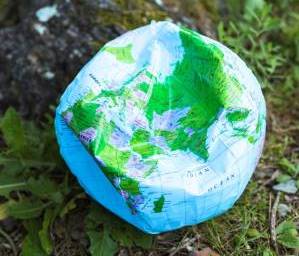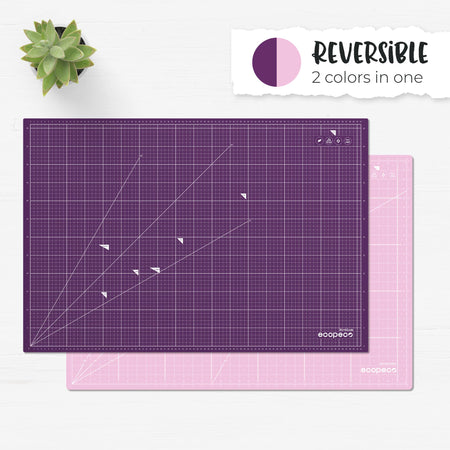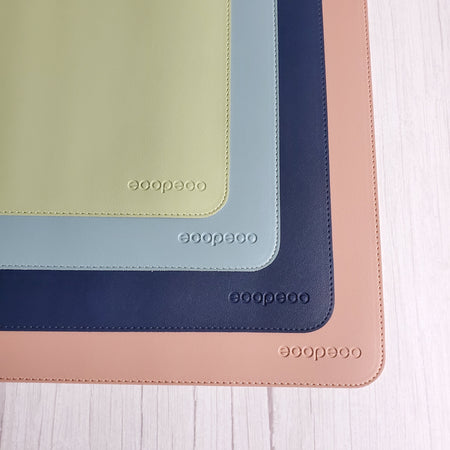PVC: The Underdiscussed Toxin
April 8, 2019 – Irene Lin

If you are like most of us, you probably use at least one plastic item every day. Through successful marketing and public campaigns, most of us also know that we should avoid using plastics with BPA for health related reasons. However, there is another commonly used plastic linked to causing health and environmental problems that you probably haven't heard much discussion about: PVC.
PVC stands for polyvinyl chloride, or vinyl. Plastics containing PVC have been labeled as the most toxic plastic to date. PVC has been categorized as a carcinogen by the World Health Organization's International Agency for Research on Cancer. It has also been linked to causing problematic health issues to the reproductive organs as well as the immune system.
You might be wondering where to find this lurking PVC.
They are the third most widely used plastic in the world. The process of making PVC involves blending vinyl and resin compounds with various stabilizers, modifiers, and plasticizers. It’s used in the manufacturing of plumbing equipment and piping, flooring, carpets, and is usually categorized as number 3 plastics. PVC plastics are typically chosen over other plastics or materials due to their inexpensive price point. It’s also extremely durable and can be used for a variety of purposes in a variety of sectors and industries.
While some regulations have been placed on PVC, the dangers still remain. The dangers presented by PVC is that even as policies are created to limit their use and regulate them, they will remain present. They are especially prevalent in schools, older buildings, and homes. Over time, PVC plastics release toxins into the air, water, and environment both during manufacturing, use, and disposal.

The toxins released include:
- Dioxins
- Phthalates
- Vinyl Chloride
- Ethylene Dichloride
- Lead
- Cadmium,
- And Organotins
Some popular companies have pledged to reduce or phase out PVC. These include: Wal-Mart, Nike, Apple, Microsoft, Target, Sears and Kmart.
There are alternatives to PVC plastics. Luckily, we have innovation and technology on our side, which will give more options as time goes on. Piping, for example, can be created using cement or clay, or metals like copper or stainless steel. These options are easily sealable, and are similar in price point due to their long lasting life.
Alternatives to vinyl flooring are essential. They will reduce environmental toxins released over time, and offer an aesthetic appearance. Some options include linoleum, cork, reclaimed hardwood, and reclaimed tile. Not only are these alternatives better for human health, they are better for the environment, and are a great way to lower your personal carbon footprint.
In addition, when possible, only purchase items that state they are BPA and PVC free. To lower your carbon footprint further and protect your health, reduce your consumption of plastic items in general. Or, aim to purchase plastic items made from recycled plastics.

Share this information with those in your life who would benefit from it and share it with others. Education and awareness is the best weapon to bring attention to PVC.




